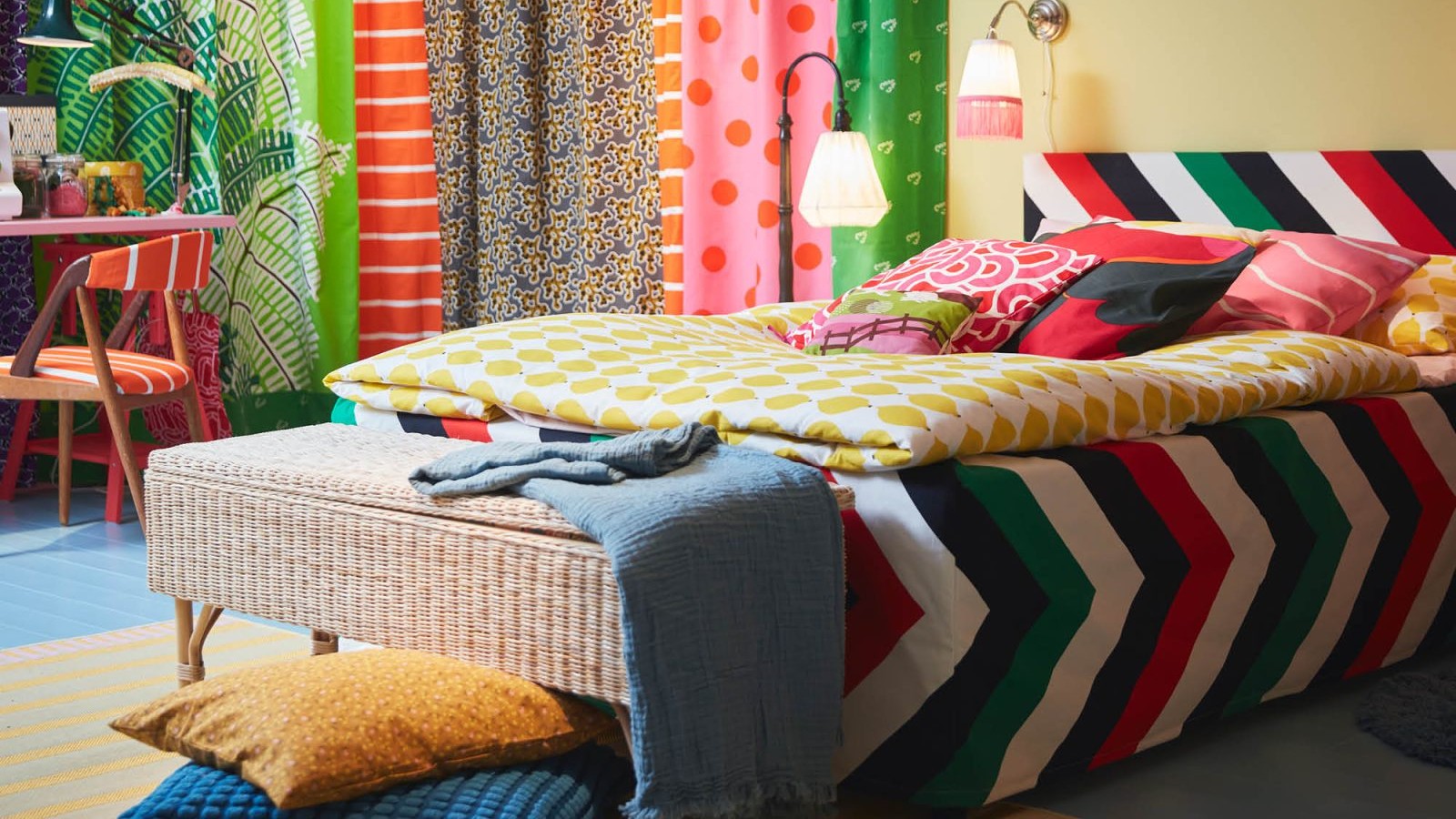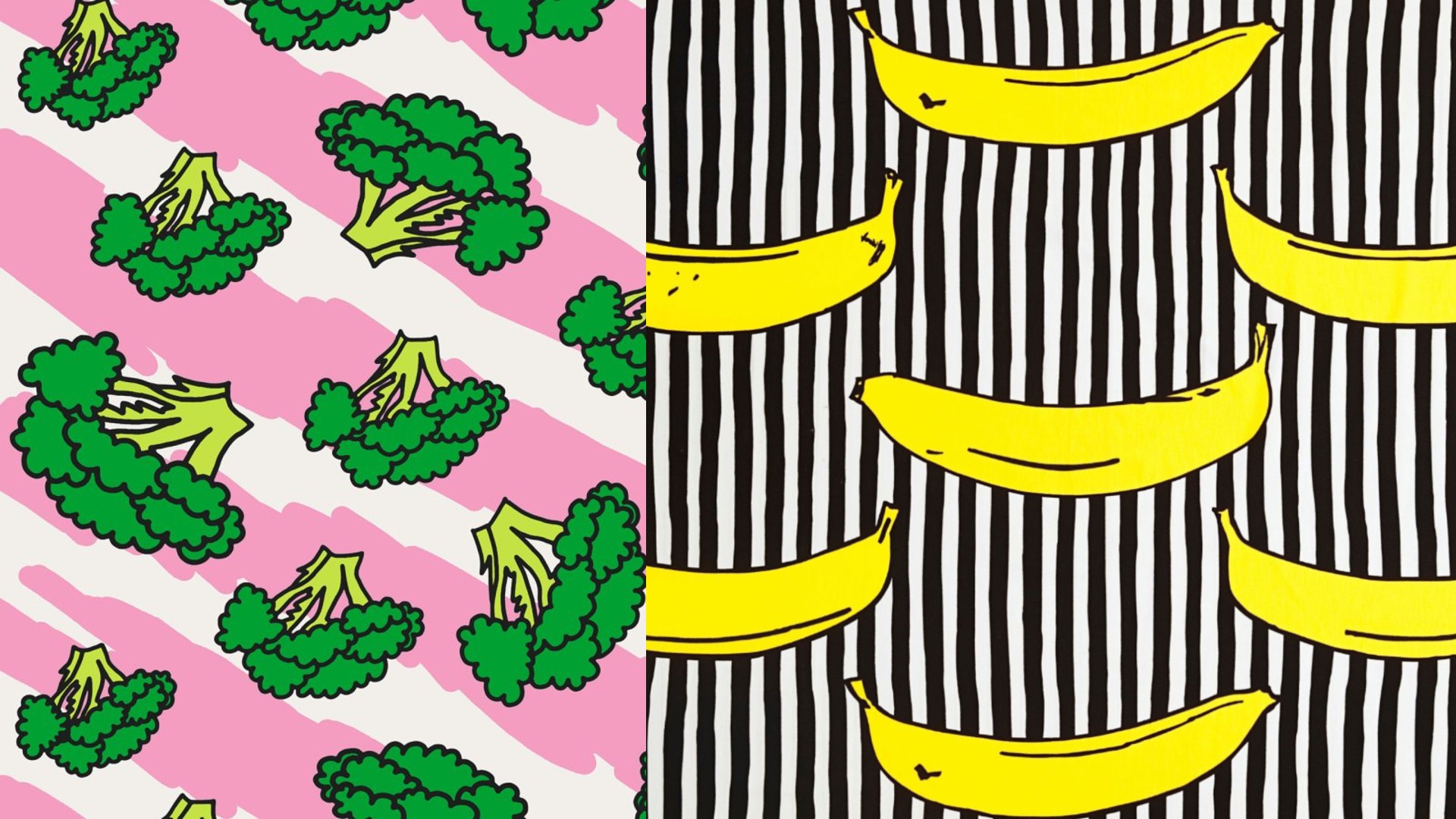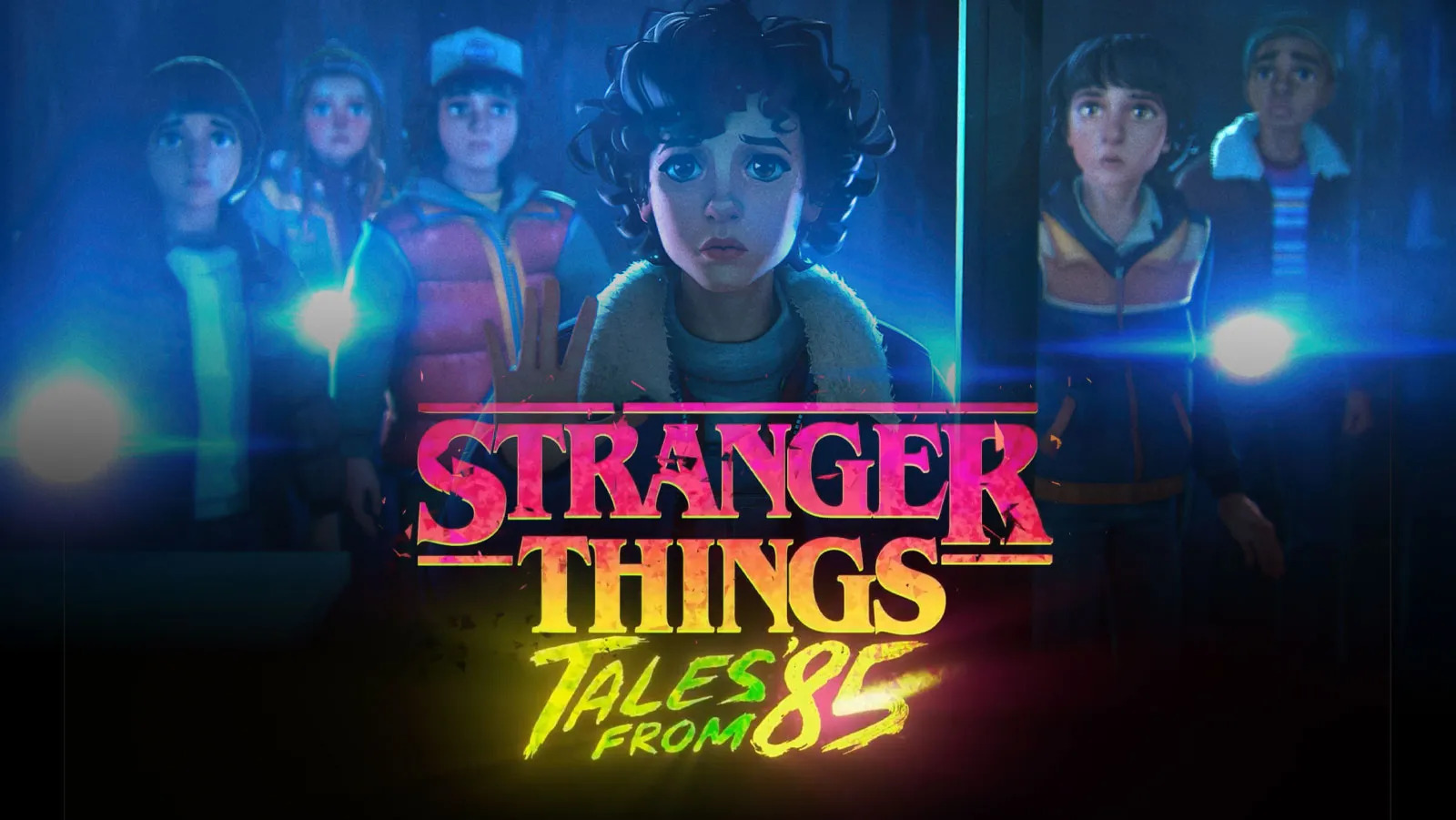Stop obsessing over Apple, designers: IKEA is where it's at
While tech bros bow before the Church of Steve Jobs, designers should look to the flat-pack furniture titan instead.

I'll start by saying I'm a big fan of Apple. Their laptops are sleek, the materials are premium, and unboxing one of their boxes feels like a major life event. I'm writing this on a MacBook Air 2020, one of the best laptops I've ever used. I'm by no means a hater.
However, I don't believe Apple’s “less is more” aesthetic is the be-all and end-all of design. What excites me far more is a well-known Swedish warehouse that smells of meatballs and magic.
Clearly I'm not alone, because a new exhibition at Edinburgh’s Dovecot Studios, titled Magical Patterns, is currently making waves. With 180 textiles spanning decades of playful, democratic design, it’s highlights how IKEA has long been doing what Apple claims to do – but with more joy, colour, and accessibility.
The democracy of great design
Let’s face it: a £1,200 iPhone isn’t exactly design for the masses. IKEA, however, has been democratising design since 1943. And if you think that means it's all dull and functional, this new exhibition will prove you wrong.

Take Ida Pettersson Preutz’s gloriously odd broccoli pattern – a fabric anyone can buy, without a hint of pretension. And then there’s the cult Randig Banan stripes: too wild for customers in the 1980s but since revived as a classic. IKEA’s willingness to experiment makes Apple’s tiny design iterations look timid.
Real problems, real solutions
Obviously, comparing the two companies is like comparing chalk and cheese. Apple solves problems you didn’t know existed. IKEA solves the ones you definitely have – like fitting a life into a 12-square-metre apartment, or finding a way to elegantly store 200 vinyl records without needing a bank loan.
Walk through an IKEA showroom and you’ll see masterclasses in space-saving, colour-matching, and practicality. And when you assemble that Billy bookcase and reposition your existing room around it, you feel a little less like a consumer, a little more like a co-creator.
Daily design news, reviews, how-tos and more, as picked by the editors.
The new exhibition also reminds us of something tech design seems to have abandoned lately: the emotional punch of pattern and texture. Apple’s vision of good design – white, black, obsessively refined – is beautiful, but limiting. IKEA understands that homes are for living, not for posing.
From the rebellious 10-gruppen prints of the 1970s to Pettersson Preutz’s cheeky veggie motifs, IKEA proves that pattern is the stuff that makes you feel alive. They know great design means making life easier, not just impressing other designers. An IKEA kitchen won’t win a showroom beauty contest, but it will let you cook dinner in surroundings that people genuinely love.

In short, while tech companies like Apple have spent decades shouting about innovation and disruption. IKEA's been quietly reshaping design itself. Nowadays, affordable doesn’t mean ugly. Mass-market doesn’t mean bland. And I find that truly inspiring.
The exhibition runs until January, and it’s worth the trip if you care about design that actually improves lives. While Apple keeps polishing the same rectangle, IKEA is asking: how can design make life better for everyone, not just the elite? More people have probably built their lives around a Billy bookcase than will ever own a MacBook Pro – and that says it all.

Tom May is an award-winning journalist specialising in art, design, photography and technology. His latest book, The 50 Greatest Designers (Arcturus Publishing), was published this June. He's also author of Great TED Talks: Creativity (Pavilion Books). Tom was previously editor of Professional Photography magazine, associate editor at Creative Bloq, and deputy editor at net magazine.
You must confirm your public display name before commenting
Please logout and then login again, you will then be prompted to enter your display name.
